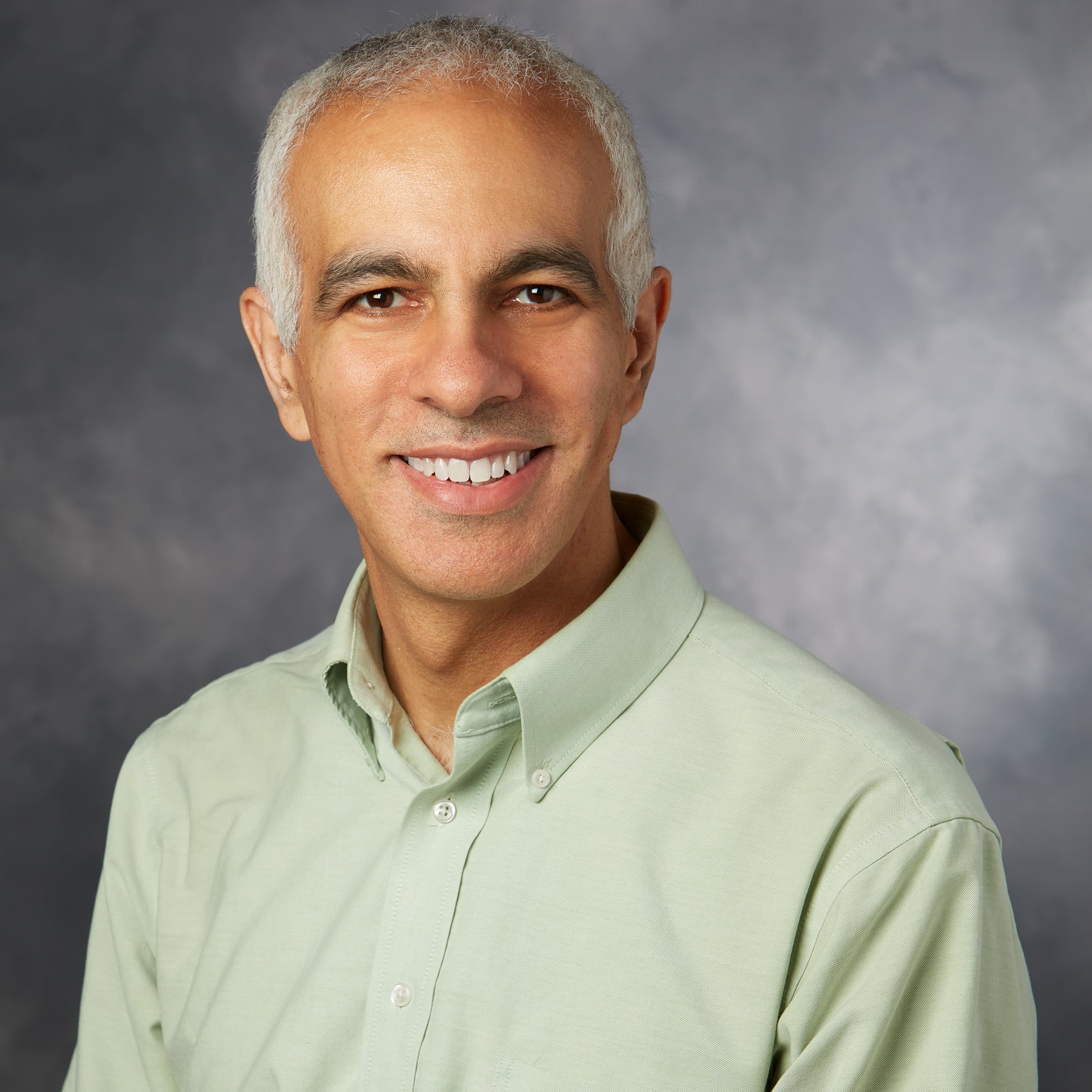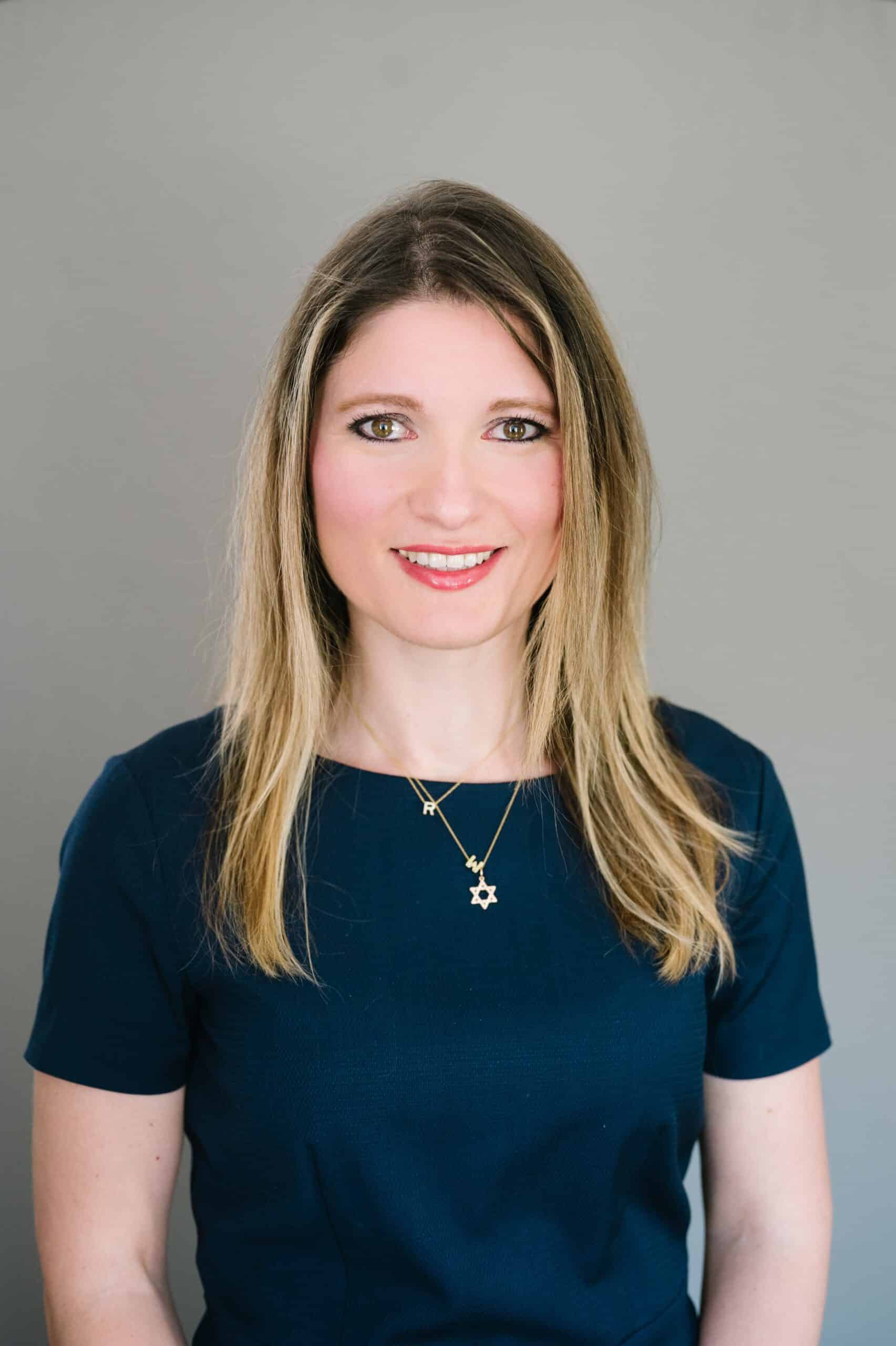Grant Recipient Impact Statement

Scholar Award in Neuroradiology Research – Hediyeh Baradaran
Grant Recipient Year: 2018
Carotid Intima-Media Thickness Progression and Subclinical Brain Ischemia, Brain Aging, and the Incidence of Dementia: Framingham Study
My findings have provided strong evidence for a link between the progression of carotid atherosclerosis and premature loss of hippocampal volume which supports targeting atherosclerotic change for prevention and treatment of cognitive dysfunction… the Scholar Award has shaped my future career plans and has laid the foundation for a hopefully long and productive career as an academic neuroradiologist. I will be forever grateful to the Foundation…and hope the FASNR continues to support the dreams of aspiring clinician scientists.
Hediyeh Baradaran, MD
Boston University Medical Center

Boerger Research Fund for Alzheimer’s Disease and Neurocognitive Disorders – Michael Zeineh
Grant Recipient Year: 2017
Iron-Based Neuroinflammation: A New Window to AD Pathology
The ASNR Boerger fund has had a very positive impact upon my research, lab, and career. The clinical implications are that we are evaluating the prospect of using quantitative measures of iron as an important factor in Alzheimer’s disease mechanism and prognosis. This funding has been a springboard for my research, and it has enabled me to successfully submit and receive a NIH R01.
Michael Zeineh, MD, PhD
Stanford University

Boerger Research Fund for Alzheimer’s Disease and Neurocognitive Disorders – Cyrus Raji
Grant Recipient Year: 2017
Diffusion MR Imaging based Edge Density Connectome Mapping for Prediction of Alzheimer’s Disease
My research, funded by the FASNR Boerger (Research) Fund for Alzheimer’s Disease, has allowed me to demonstrate the diagnostic utility of diffusion MRI in identifying persons who will develop Alzheimer’s Disease up to almost three years in advance…The FASNR grants ideally position junior investigators such as myself to apply for NIH grants…Continued support and donations to the FASNR ensures that junior faculty can be successful at establishing productive careers in academic neuroradiology.
Cyrus Raji, MD, PhD
University of California, San Francisco

Boerger Research Fund for Alzheimer’s Disease and Neurocognitive Disorders – Christopher G Filippi
Grant Recipient Year: 2017
Development of a Novel, Quantitative MR Imaging Biomarker of Glymphatic Flow for Alzheimer’s Disease
Receiving a grant from the Boerger Research Fund was critically important, as the quantitative MR imaging of glymphatic flow is a more experimental or “high risk/high reward” kind of grant that is unlikely to get funded through more traditional mechanisms. This funding is allowing us to get data for proof of concept and to gather necessary pilot data, so that we can apply for NIH funding. One of the most important missions of the Foundation of the ASNR is…to provide a critical lifeline of support to researchers at a time when securing extramural funding is increasingly difficult, especially for investigators who face increasing pressure to do more clinical work and relinquish academic days if those days are not funded by grants.
Christopher G Filippi, MD
The Feinstein Institute for Medical Research

Boerger Research Fund for Alzheimer’s Disease and Neurocognitive Disorders – Elizabeth Davenport
Grant Recipient Year: 2017
MEG Spectral Analysis as a Biomarker in Alzheimer’s Disease
Receiving this foundation award will help me achieve a personal goal of fighting Alzheimer’s disease. My grandmother was diagnosed with Alzheimer’s Disease a few years ago, so I knew I wanted to do something to help future generations from suffering from this disease. This foundation award will help me collect preliminary data towards a goal of a clinically feasible non-invasive bio-marker for AD. With earlier detection, we can provide earlier treatment that will hopefully lead to a cure.
Elizabeth Davenport, PhD
University of Texas Southwestern

ASNR comparative effectiveness award – Timothy J. Amrhein
The ASNR comparative effectiveness award has been incredibly important in jump starting my career. This generous and unique funding mechanism provides opportunities not otherwise possible for junior faculty. In my case, it has afforded the opportunity to be principle investigator on my first prospective randomized clinical trial in imaging guided spine intervention. Designing and executing this well-mentored trial has resulted in rapid acquisition of a unique skill set that will be invaluable throughout my future career, particularly as I work toward constructing larger trials. Hopefully these efforts will lead to significant impacts on the field of neuroradiology by informing treatment algorithms for spine pain interventions. The ultimate goal is to maximize treatment effectiveness, thereby improving our patient’s lives. Upon completion of the award period, I plan to use the data obtained to compete for national funding through the NIH. I am extremely grateful to the ASNR and to the donors, and I pledge to maximize the return on their investment in me and in neuroradiology’s future.
Timothy J. Amrhein, MD
Duke University Medical Center

ASNR Research Scholar Award – Jana Ivanidze
A major focus of my research is combining advanced CT-Perfusion imaging and molecular biology techniques to develop a multimodal evaluation method to assess blood brain barrier (BBB) damage in patients with aneurysmal hemorrhage. The Research Scholar Award has allowed me to pursue this work in a prospective clinical/translational study and gain insights into the signaling pathways involved in BBB dysfunction in the acute clinical setting, which can serve as a foundation for new therapeutic strategies. Thanks to the vision and generosity of the FASNR, I am able to further develop this emerging translational research area at the intersection of neuroradiology and molecular biology, and apply it to studying BBB dysfunction in other patient populations. As a young attending in my first year of practice, I especially appreciate this opportunity. In the next 12 months, I am planning to apply for an NIH grant using results from the Research Scholar award project as preliminary data. I appreciate the support of the FASNR and hope that donors will continue to support the FASNR in the future, allowing young neuroradiologists such as myself to pursue translational research projects and develop new diagnostic and therapeutic strategies for our patients.
Jana Ivanidze, MD, PhD
New York-Presbyterian Hospital-Weill Cornell Medical College

FASNR Scholar Award in Neuroradiology Research – Gloria J. Guzmán Pérez-Carrillo
Diffusion Weighted Imaging for the Evaluation of Post-Treatment Squamous Cell Carcinoma in the Neck: Imaging Optimization and a New Quantative and Qualitative Assessment Metric
The FASNR Scholar Award in Neuroradiology Research has been essential in promoting my career as a clinician scientist. With the allocated funds, I have been able to garner preliminary data that has already resulted in a presentation at the American Society of Head and Neck Radiology. More importantly, the data will result in a publication submission to the American Journal of Neuroradiology, and a R21 grant submission to the National Institutes of Health. Additionally, the award has allowed me to establish meaningful collaborations with faculty in the ENT and other clinical units as well as faculty doing MRI research. These new collaborations resulted in my participation in various federally funded projects as a collaborator. I believe that awards such as the FASNR Scholar in Neuroradiology Research are critical for the development of a young researcher. It gives junior faculty the time to develop essential research skills such as grant and manuscript writing, project development, research regulation navigation, and data analysis. It is hard to acquire these skills in today’s very busy and fast paced academic practices. I am extremely grateful to the FASNR for this opportunity to contribute to the field of oncologic imaging in neuroradiology, and hope that many more after me can benefit from it!
Gloria J. Guzmán Pérez-Carrillo, MD, MSc
University of Arizona

ASNR Research Scientist Award – Cuihua Wang
Mapping the in Vivo Relationship between Neuroinflammation and Amyloid Deposition in Alzheimer’s Disease
Neuroinflammation plays key roles in Alzheimer’s disease (AD). Myeloperoxidase (MPO), a key inflammatory enzyme, is associated with beta-amyloid (Aβ) in both animal models and in AD patients. In this study, we developed a specific PET (18F-bis-5-hydroxytryptamide, 18F- BHT) to image MPO activity and report on neuroinflammation in AD. We found that 18F-BHT is able to cross the intact blood-brain barrier, and there was ~70% increased 18F-BHT uptake (p=0.029) in the brains of AD mice compared to those of age-matched wild-type littermates, demonstrating increased MPO activity and inflammation in the AD mouse brains. Therefore, once translated, 18F-BHT can be a useful non-invasive tool to image and track MPO activity and neuroinflammation in AD patients. This ASNR Research Scientist Award made this study possible and based on the result obtained from this study I submitted my NIH K grant this March, which is critical for my transition to become an independent investigator.
Cuihua Wang, PhD
Massachusetts General Hospital

Leo P. Sugrue
As a neuroscientist and neuroradiologist my long term career goal is to bridge these fields by developing new techniques for imaging and modifying brain activity, and translating these tools from the realm of research to the prediction, diagnosis, and treatment of neuropsychiatric disease. The Foundation of the ASNR award has allowed me to take the first steps toward this goal, enabling me to collect the preliminary data I need to apply for long term NIH funding. One of the greatest challenges faced by clinician scientists in neuroradiology, particularly at the junior faculty level, is obtaining suffi cient time to pursue meaningful long-term research projects. Through the generous support of this FASNR award I have been able to secure protected research time to advance this project through its early stages. Continuing to create and support such opportunities for junior faculty is crucial if neuroradiology is to play a meaningful role in translating new brain imaging technologies to clinical practice.
Leo P. Sugrue, MD, PhD
University of California, San Francisco

ASNR Trainee Research Award – Thien Huynh
The Foundation of the ASNR Trainee Research Award has allowed me to gain invaluable research experience. The data we have collected through the support of the Foundation will serve as the basis for future high-impact publications and grants with the goal of establishing myself as an independent investigator in the field of neurovascular imaging. Through the support of The Foundation of the ASNR, I am better able to achieve my goal of becoming a leading diagnostic and interventional neuroradiologist. The Award has helped to facilitate utilization of advanced vessel wall MRI of intracranial aneurysms closer to clinical use. Our imaging research team is honored and grateful to be the recipient of this prestigious award and to be able to contribute to the exciting on-going advances in neuroimaging.
Thien Huynh, MD, MSc, FRCPC

Nicolaas A. Puts
The funding predominantly supported the application of an exciting new MRS technique (HERMES, Saleh et al. Neuroimage, 2016) allowing for faster edited MRS of both GABA and Glutathione, never before performed in ASD. These new experiments will provide us with substantially more information on the inhibitory system in ASD. Moreover, receiving this award has allowed me to manage my own project, apply for other funding, take on a postdoctoral fellow and to take the next steps towards an independent research career studying inhibition in Autism and other neurodevelopmental disorders. Through receiving this award from The Foundation of the ASNR, I will be able to establish myself more fully as an independent investigator, as well as starting to build my own research group. This project allows for a multi-modal approach to studying GABAergic inhibition in ASD by combining novel and complimentary techniques. I am incredibly grateful to the FASNR for providing me with this opportunity to advance the fi eld of autism research and research into GABAergic inhibition in general.
Nicolaas A. Puts, PhD
Johns Hopkins University School of Medicine